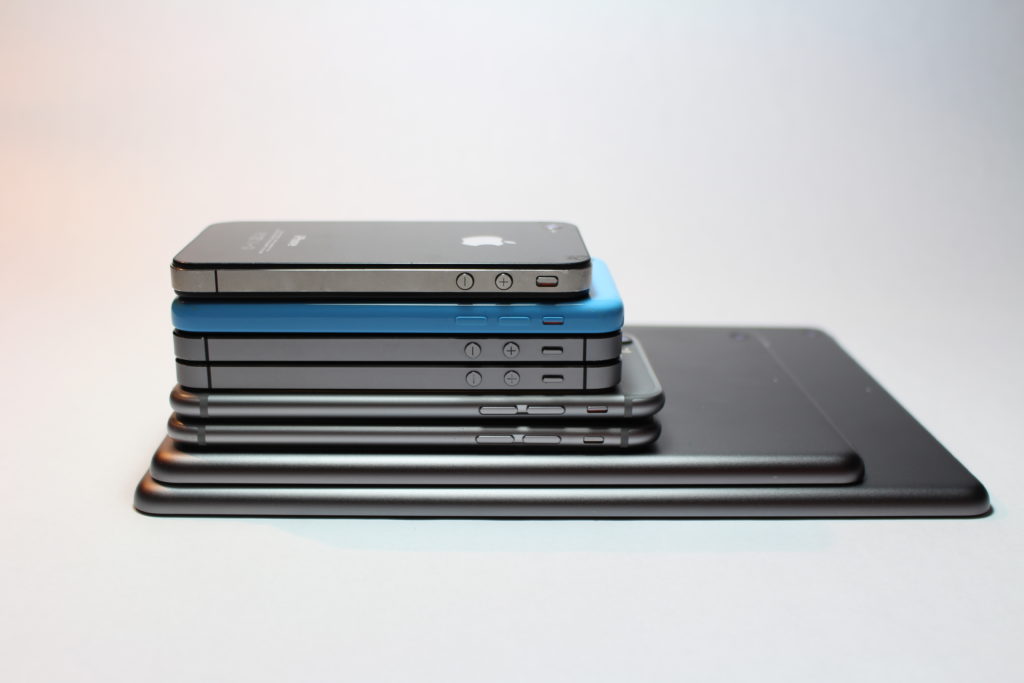When Apple launched the iPhone in 2007 its competitors didn’t believe it would sell much. Too slow, no good antenna, an overly large screen that drains battery, etc. … What they didn’t understand was that it wasn’t the hardware that turned Apple into a shooting star over the coming years, it was the enablers that this new computing platform provided.
No one knew in 2007 that you soon would be able to do all your banking, rent a summer vacation house, or take care of grocery shopping with your handheld device.
It’s all about the applications

Taking a close look at the valuation top list for the globe from 2005 to 2020 speaks for itself.
The top 10 companies in the world in 2005 had only one tech company on the list, with Microsoft in 3rd place. Instead, in 2005 the list was dominated by the petroleum industry, banking and the odd retail giant.
Fast forward to 2020 and 7 out of the top 10 are from the IT sector. Companies that almost didn’t even exist in 2005 are now some of the largest and most profitable businesses in the world.
And in all these cases of IT list toppers, it is the enablers that the mobile computing platforms bring that has allowed these companies to grow and prosper – enablers that were first made real by the introduction of the iPhone in 2007.
How does this relate to today’s world of IT and computing?
We are on the verge of seeing something very similar happen again, and this time it’s brought about by a new platform being made available to the bright minds of app developers and solution professionals – 5G.
5G is not just a new, higher speed cellular service: it represents a complete paradigm shift in how computing can be performed, like no other networking technology has done before. Look at it like a new platform that can be the enabler for new, revenue-generating services that haven’t even been invented yet!
If the cards are played right, this will open up vast opportunities for mobile operators to reshape themselves from pure bandwidth providers and instead leverage and capitalize on the unique physical position they are in – which is, of course, immediate proximity to the user.
No one except the mobile operator can be less than a millisecond away from the 5G user. They can coordinate a seamless handover service for a moving user, and they can provide the connectivity density required for smart cities and IoT. This is where the platform for tomorrow’s services is the new enabler.
Done right, the combination of speed, (assured) latency, connectivity, continuity and distributed computing will provide the application developers with tools and connectivity options unseen before – we just don’t know yet what they will build (just like in 2007 when no one envisioned using a phone with digital ID to pay for your taxi ride or act as the ticket to a football game).
Exciting times ahead. See you in the XR!

 Improved delivery, better visibility: How Accedian and VMware are working together to help CSPs navigate the 5G world
Improved delivery, better visibility: How Accedian and VMware are working together to help CSPs navigate the 5G world
 Adding a new dimension of visibility to the Cisco Full-Stack Observability portfolio with Accedian Skylight
Adding a new dimension of visibility to the Cisco Full-Stack Observability portfolio with Accedian Skylight